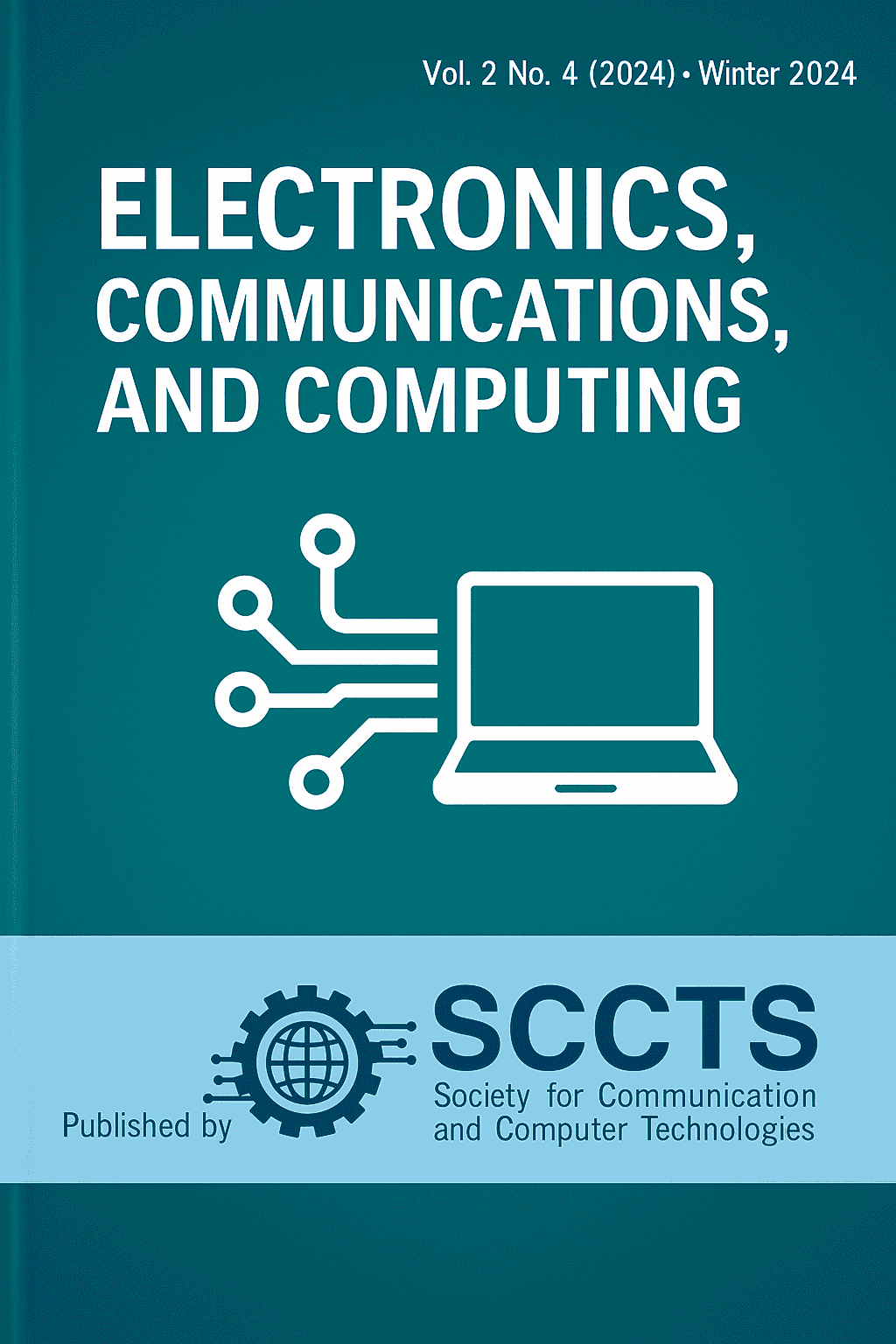Multi-Objective Evolutionary Algorithms for AI-Accelerated Sub-5 nm Floorplanning
Keywords:
VLSI Floorplanning, Sub-5 nm Technology Node, Multi-Objective Evolutionary Algorithm (MOEA), NSGA-II, Graph Neural Network (GNN) Surrogate Modeling, Pareto-Optimal Design, AI-Accelerated Physical Design, Confidence-Driven Evaluation, Wirelength and Thermal Prediction, EDA Engine AccelerationAbstract
In the VLSI physical design with sub-5 nm process technologies in view, wherein considered goals such as chip area, interconnect timing, power consumption and thermal integrity become irrevocably intertwined into the mix, the area of such a search grows exponentially as well making the task of effective floorplanning one that requires a solution that balances opposing goals. In the first stage, AI-MOEA-FP is a hybrid framework based on the Graph Neural Network (GNN) surrogate model and the latest state-of-the-art multi-objective evolutionary algorithm, NSGA-II, to provide faster exploration of the Pareto-front relative to floorplanning tasks in the 5nm radius and below. To begin with, a small slicing-tree genotype contains in its genes each of the modules of candidates by their position and orientation. Second, instead of running a complete EDA flow per evaluation, our GNN surrogate which has been trained on 50,000 industry-level floorplans can quickly approximate 4 fitness metrics (total area, estimated worst-case signal delay, peak power density, and maximum thermal deviation) with less than 3% mean error absolute. Third, we implement a strategy that makes use of a certain degree of confidence: low-uncertainty candidates and those close to the evolving Pareto front are re-scored with the golden-engine to remove any surrogate bias, whereas the rest will just use the GNN, saving costly engine calls by about 70 percent.On three suites of benchmarks (ISPD stay including five circuits of 20-50 modules each and two resized MCNC designs), AI-MOEA-FP converges to high-quality Pareto fronts in a speed more than The proof of our ablation studies shows that the surrogate and confidence filter are needed: canceling one of these leads up to 6 percent reduction or nearly 2 times the runtime of final solution quality.AI-MOEA-FP demonstrates that it is possible to use AI to guide the evolution of physical design with high confidence in resulting quality with one hundred times less cost in evaluation by using the surrogate, resulting in a full path towards AI-guided physical design in future technology nodes. Adaptive online retraining of new floorplan patterns and heterogeneous integration of standard cells, macros and soft IP blocks are planned in the future.



